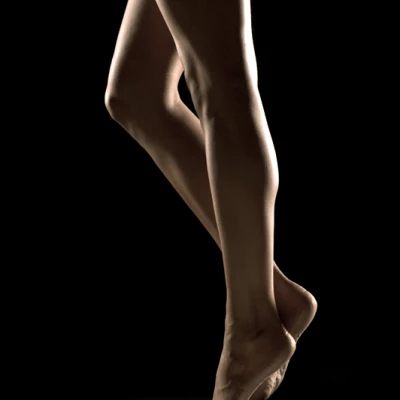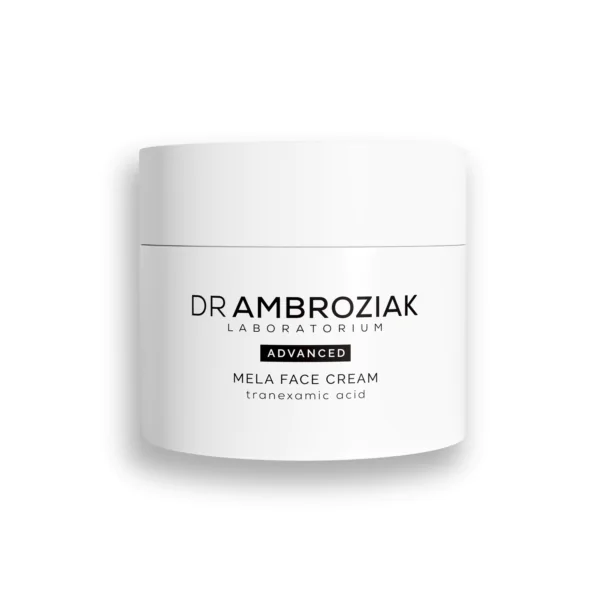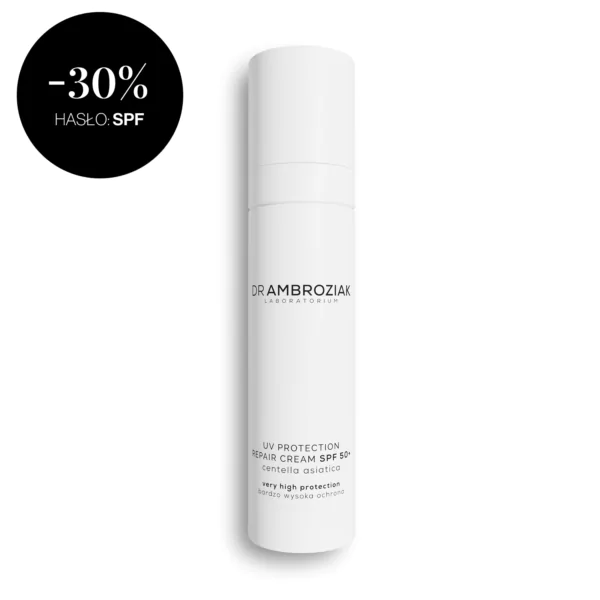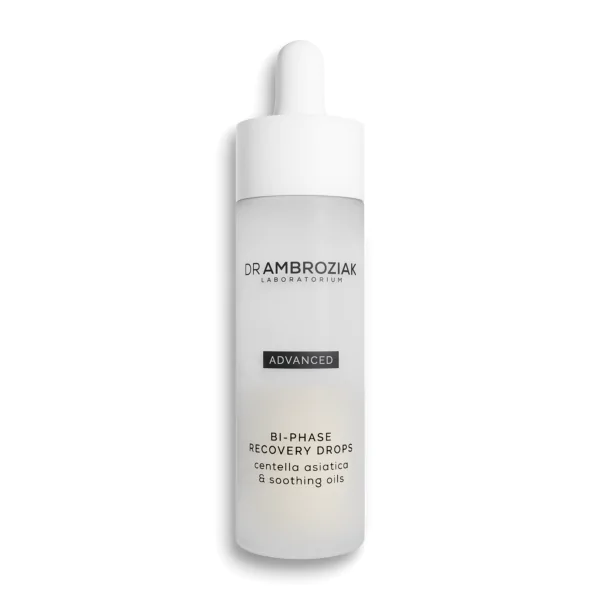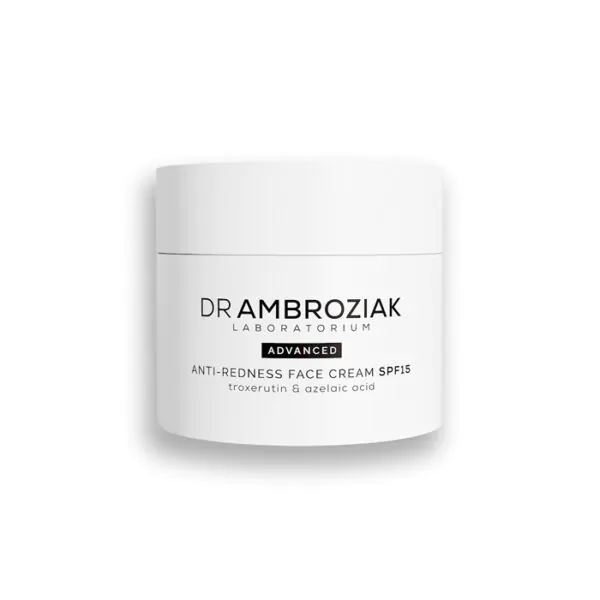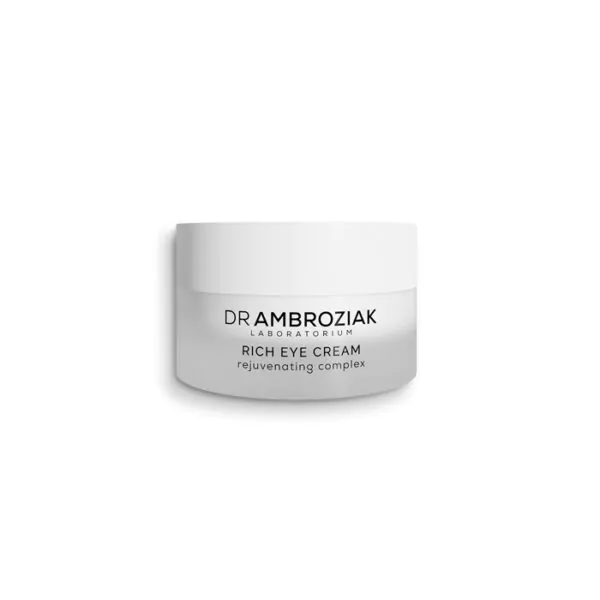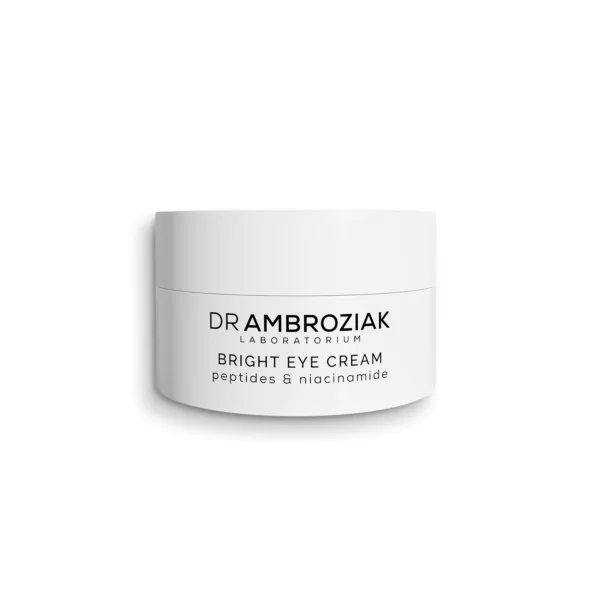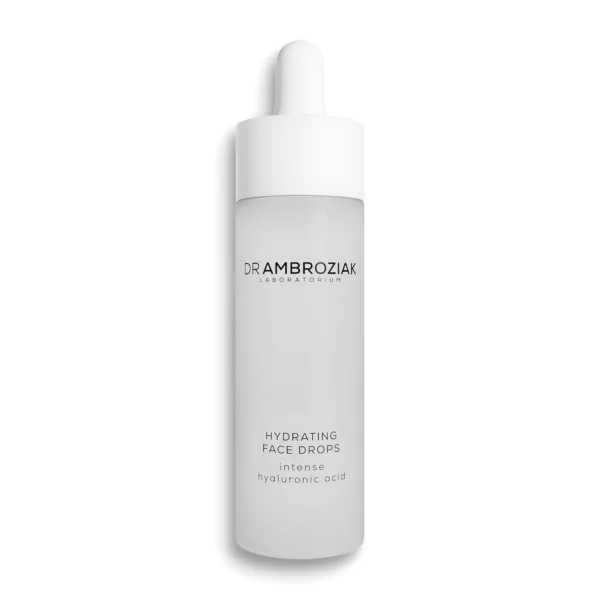Sclerotherapy
Most dilated veins may be removed during the sclerotherapy procedure – aesthetic procedure without cuts or scars. The problem of so-called spiders on the legs concerns a considerable group of female patients and constitutes quite an unpleasant cosmetic problem. Spiders are dilations of fine, superficial blood vessels, which evidence difficult outflow of blood from the venous system. Thanks to sclerotherapy, fine blood vessels on the lower limbs may be closed.
The procedure is performed by administration into dilated vessels, using syringes with thin needles, of preparations which “glue” the veins, which as a result makes them disappear completely, leaving clear skin without cuts or scars. An ideal preparation which has turned out to be extremely effective and safe is polidocanol (Aetoxysclerol). Millions of treatments have been performed with it around the world already. Depending on the blood vessel size, different product concentrations are used. They allow closing of both small spiders and large veins on the lower limbs.
Why is it worth it?
Sclerotherapy allows closing of virtually any blood vessel, provided that a correct technique is applied. The treatment is an important alternative to surgical treatment which bears a greater risk of complications and involves a stay at the hospital. It is particularly helpful in closing varices after surgical procedures. In case of patients suffering from venous ulcers of lower leg parts, ulcers cannot be treated without closing pathological, insufficient superficial veins. Small innocent spiders also constitute a symptom of so-called chronic venous insufficiency. Their systematic closing by means of sclerotherapy delays occurrence of the final stage of the venous disease – development of ulcers.
What do you need to know?
Location
Price
Problem solved
How often repeat
Effects
The process of closing takes approximately 3-4 weeks, which is followed by absorption of the vessel which – depending on the diameter – may take from a few weeks to a few months. Bruising, which subsequently becomes greenish-greyish in colour, may be visible at the location of the vessels,. Sometimes, a funis may be sensible, which may be hard and painful when touched. Absorption takes from 1 to 6 months. Painfulness of larger blood vessels may persist for up to 2 months. A small swelling of the ankle or foot is a normal phenomenon while the patient wears the compression dressing and it disappears once the dressing is removed. Slight painfulness is also a temporary phenomenon.
Book consultation!
FAQ
The procedure is performed by a doctor in an outpatient clinic conditions and usually takes 15-30 minutes. It is performed while the patient is lying, although the venous system is evaluated in the standing position before the procedure. Different concentrations of polidocanol are applied to the patient, depending on the size of the vessel and the expected result. One session usually involves administration of 3 ampoules of the preparation. The treated area usually covers one limb or, depending on the size of the lesions, the thigh or lower leg. The procedure does not require special anaesthetisation. Made with a very fine needle, punctures are usually very well tolerated. Infrequently, patients experience pain connected with penetration of the medicine, which demonstrates irritating properties, outside the blood vessel. The doctor needs to be immediately informed of any changes in the sensation.
Walking for approximately 1-2 hours is recommended immediately after the treatment; this has highly beneficial influence onto the healing process. Getting into the car and long travels are not recommended directly after treatment. Wearing of compression tights and stockings with the correct pressure degree is recommended permanently during the day, but at least for the first month. The treatment can be performed without putting on the tights or compression dressing, which usually takes place in the summer. Compression therapy (pressure therapy) considerably increases efficacy of the treatment and allows better closing of the vessel. Therefore, it is a good idea to bring your own stockings when you arrive for the treatment, or buy a pair immediately afterwards. It is advisable to use good quality products, e.g. Sigvaris or Thuasne. Higher price is compensated by a longer use period. Stockings with the first pressure degree are only suitable for prevention purposes. During treatment, products with pressure degree 2 are mainly used. Immediately after the treatment, it is advisable to put on compression tights or stockings, or a compression dressing. Compression therapy increases effectiveness of the treatment and allows better closing of the vessel.
No, the sclerotherapy procedure is not painful, but may cause discomfort.
Women who care about aesthetic appearance of their legs undergo such procedures once in every few years (as chronic venous insufficiency develops), preventing the formation of large areas of ugly venous dilatation. The injections that follow in subsequent years are short and far less troublesome. Once closed, varicose veins generally do not reopen, but sclerotherapy does not affect individual susceptibility to formation of further ones.
Yes, the sclerotherapy treatment must be repeated at intervals of approximately 3 weeks; in total, 3-5 sessions are recommended.
The problem of so-called spiders on the legs concerns a considerable group of female and male patients. With sclerotherapy, this problem may be effectively healed and an aesthetic appearance may be ensured for years.

We also recommend
Find the perfect treatment for you

Lower limb varicose veins - radiofrequency thermoablation

Laser closing of capillaries
